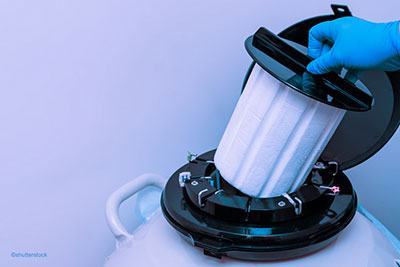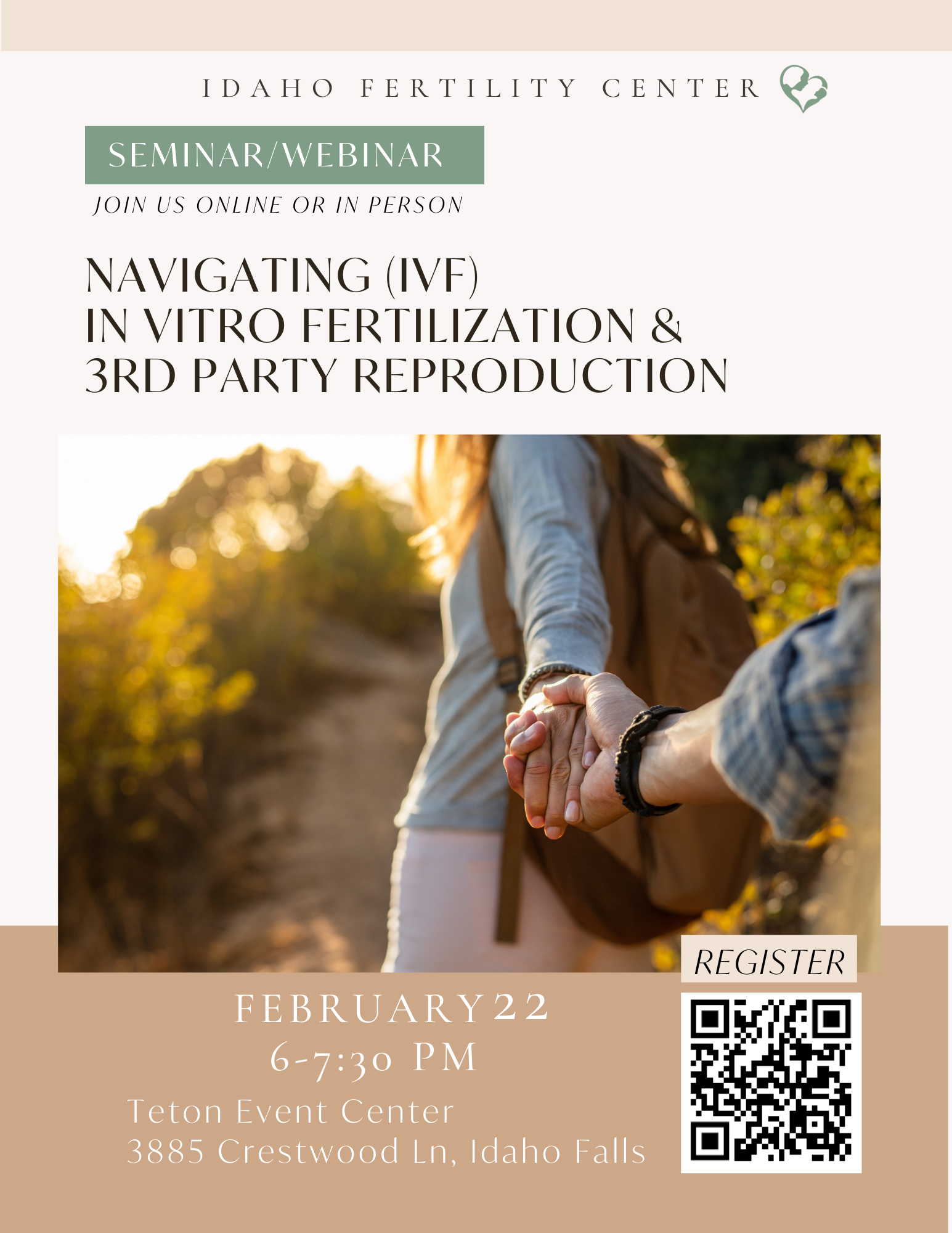
Did you know that global studies indicate that pregnancies resulting from in vitro fertilization after a frozen embryo transfer are closer to pregnancies from natural conception than from a fresh embryo transfer? In addition to increased implantation rates, there are also increased live birth rates and decreased miscarriage rates. Studies have also indicated that there is a lowered risk of going into early labor as well as birthing healthier babies.
One of the reasons for this may be because frozen embryo transfers are done a while after a woman’s ovaries have been stimulated with medications, so her hormone levels can go back to normal, which is more similar to how natural conception takes place. This extra time between pregnancy and receiving the drugs lower the possibilities of incurring ovarian hyperstimulation syndrome which can occur after taking specific fertility medications that cause egg production.
What is a frozen embryo transfer, or FET?
FET is a cycle where frozen embryos from a previous fresh in vitro-fertilization (or donor egg cycle) have been thawed and transferred back into the uterus. Frozen embryo transfers help increase your odds of pregnancy for each egg retrieval as the embryos created from that cycle can be used months or even years later. This can also save you both time and money if it takes you several cycles to result in pregnancy.
Reasons to consider using a frozen embryo transfer?
– You have a fresh IVF transfer that did not take. Physicians are recommending more single embryo transfers as the safest option while freezing the extras and then transferring one or two of your cryopreserved embryos over at a later date.
– You desire having more than one child Frozen eggs can remain cryopreserved for any length of time.
– Your embryos are undergoing genetic screening for diseases or defects. There is a delay for the testing to be completed and thus embryos are frozen for use in subsequent FET’s. This allows for the transfer of only the healthiest embryos.
– When you are using an embryo donor through a frozen egg bank for your fertility treatments.
– You are at a greater risk of ovarian hyperstimulation during a fresh embryo transfer. OHSS can occur when taking fertility drugs, so if your risk looks greater before a fresh embryo transfer, the embryos can be frozen until you have recovered for later use.
– You have contracted the flu or some other illness in between an egg retrieval and before a fresh transfer.
– The endometrial conditions your doctor has evaluated on an ultrasound do not look optimal.
Does my age make a difference?
Studies have also shown that women between 36 and 42 years of age have a higher live birth rate after conception using frozen embryos along with comprehensive chromosomal screening than those using fresh embryos.
If you would like to find out more about frozen embryo transfers, we have locations in Pleasant Grove, Ogden, St. George, and Murray, Utah. To schedule your visit with one of our board-certified Reproductive Endocrinologists at the Utah Fertility Center please give us a call at 801-785-5100. We are ready to help you with your fertility needs.






